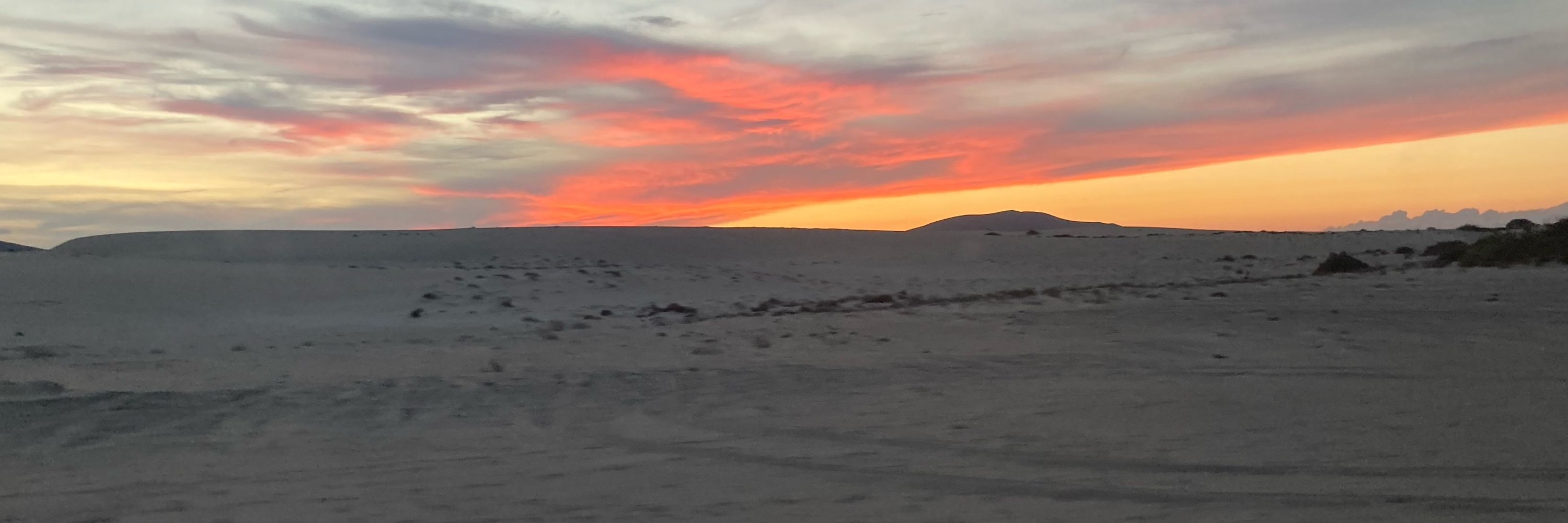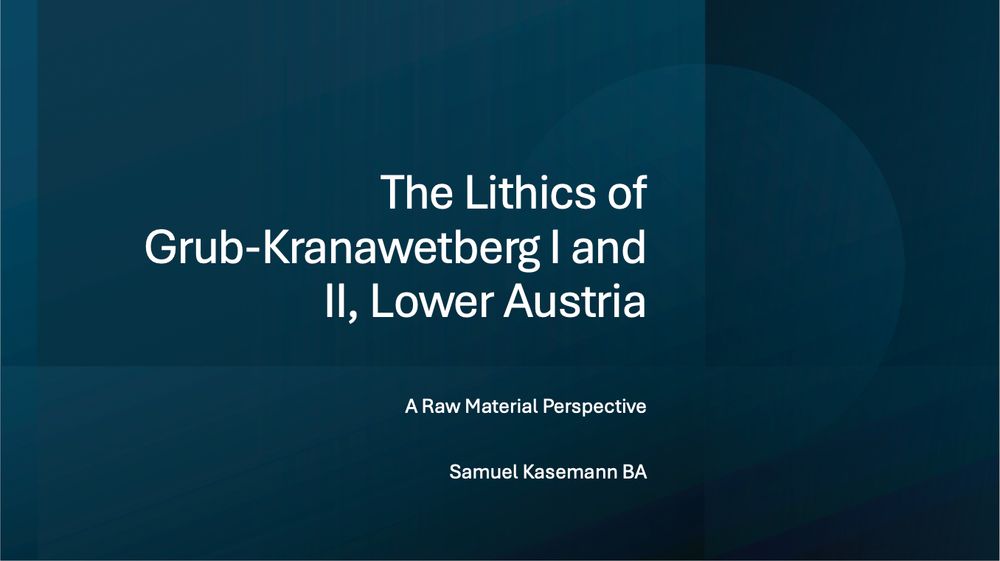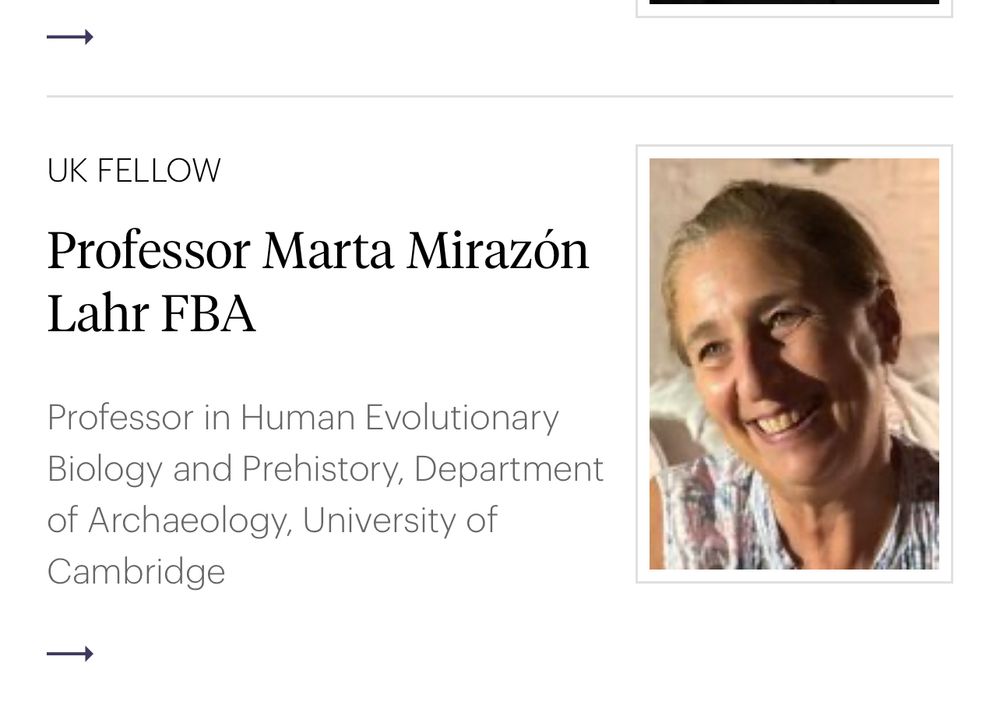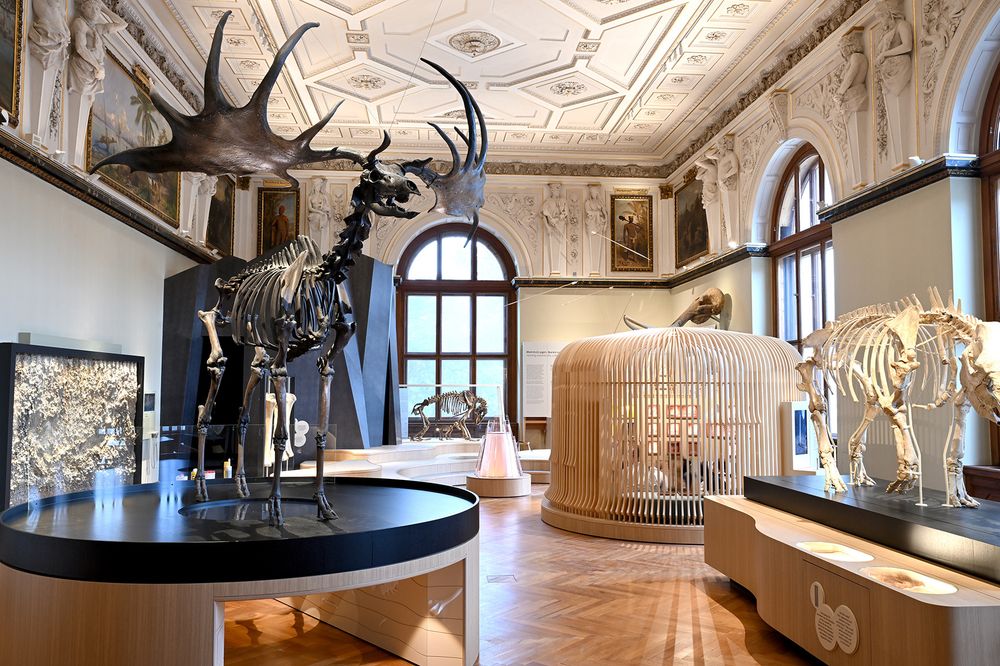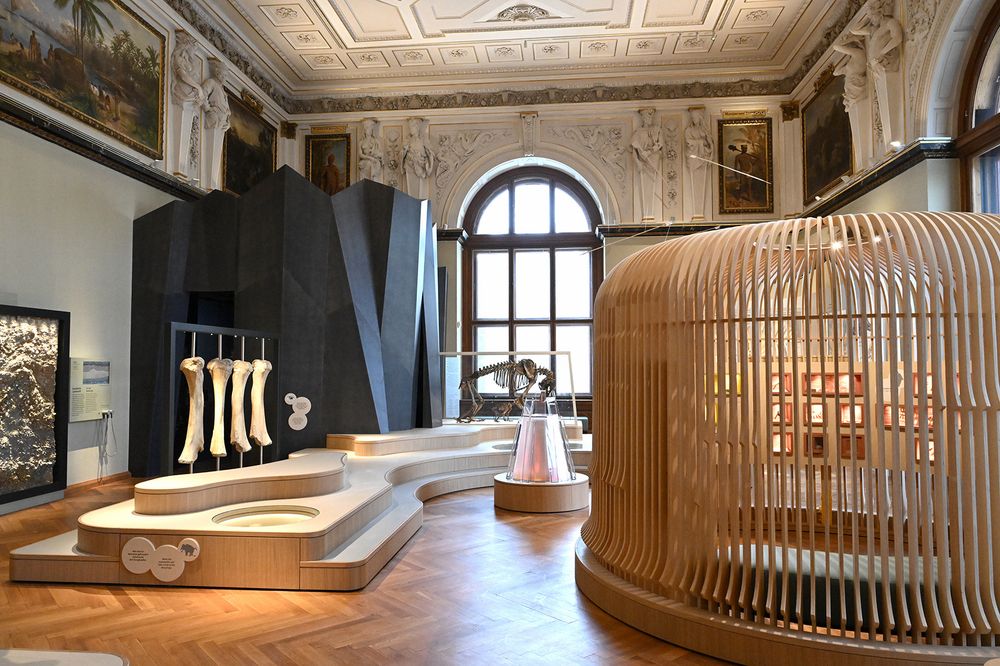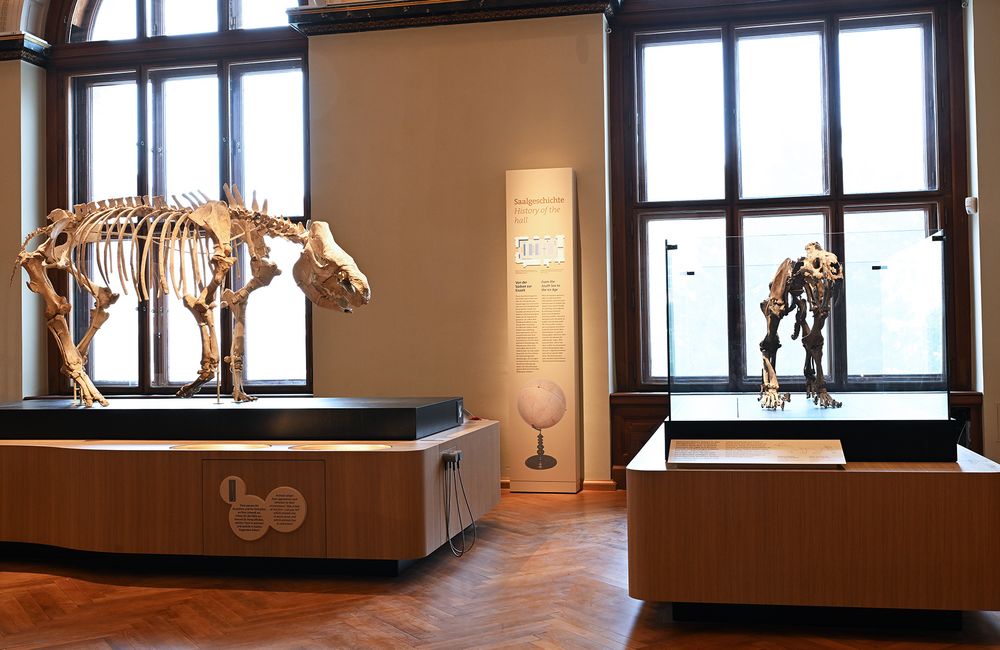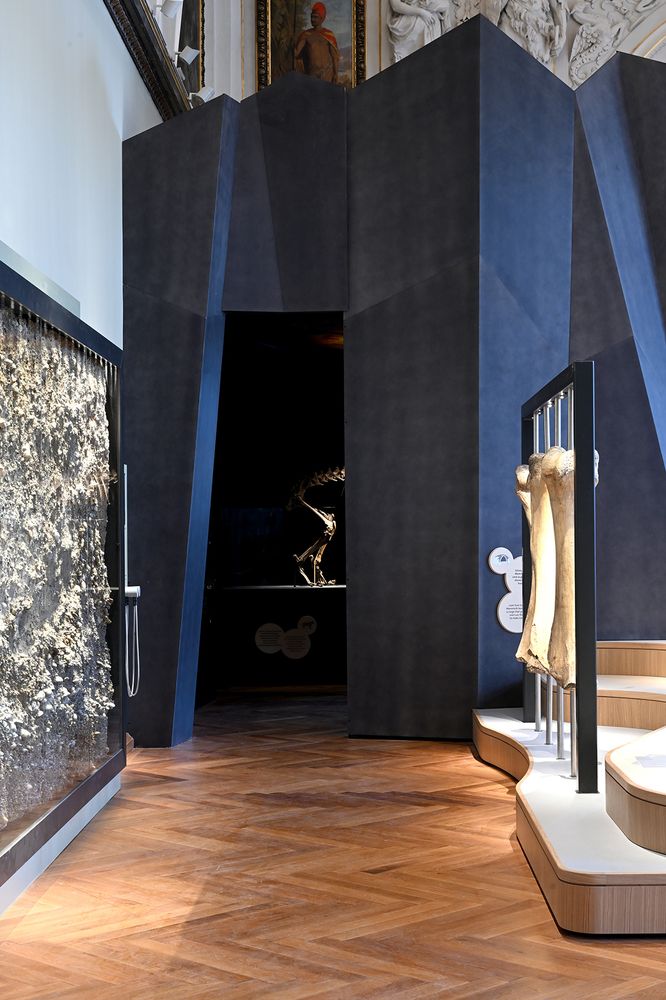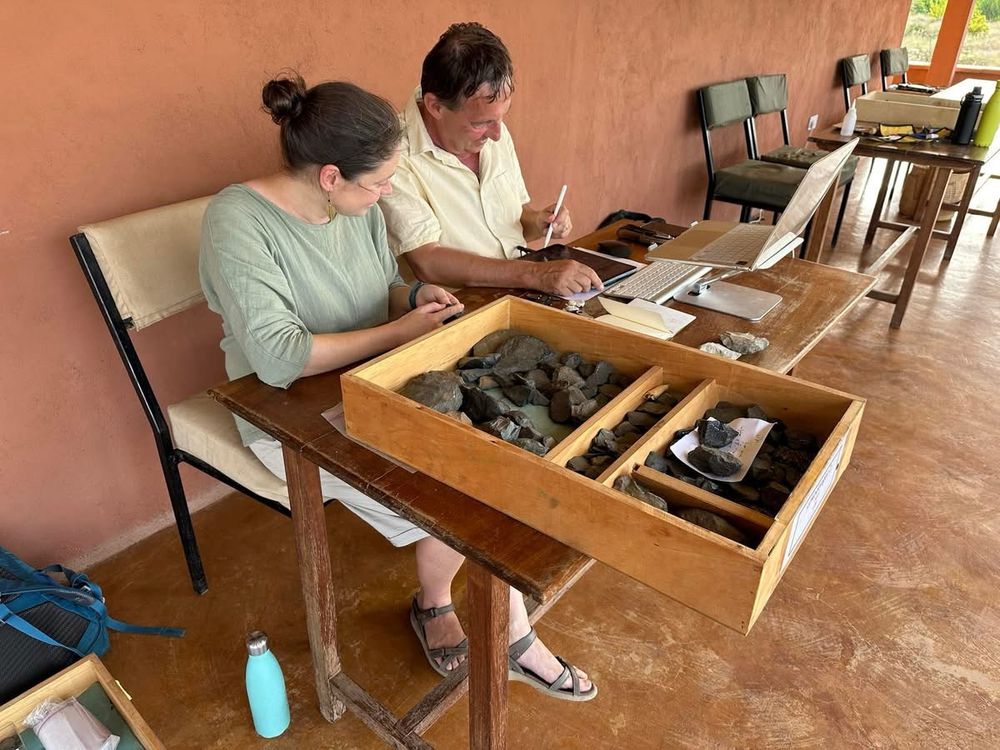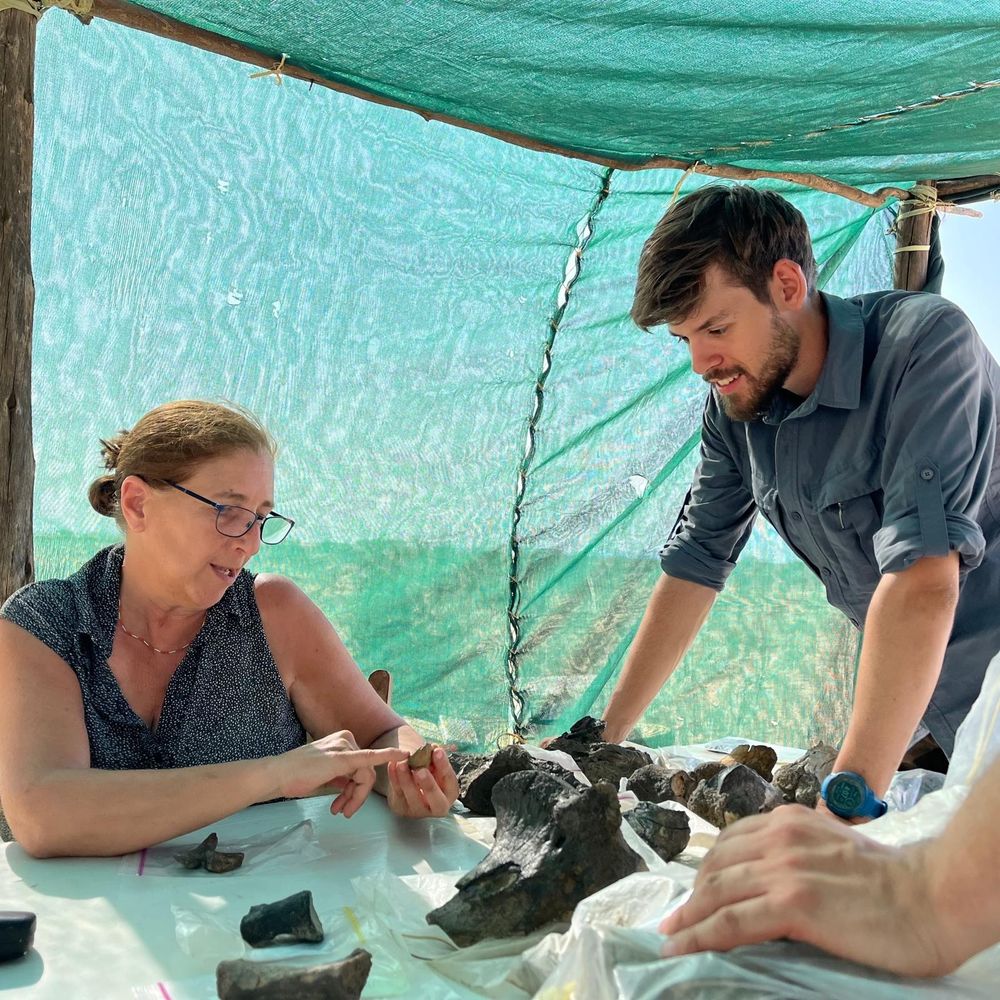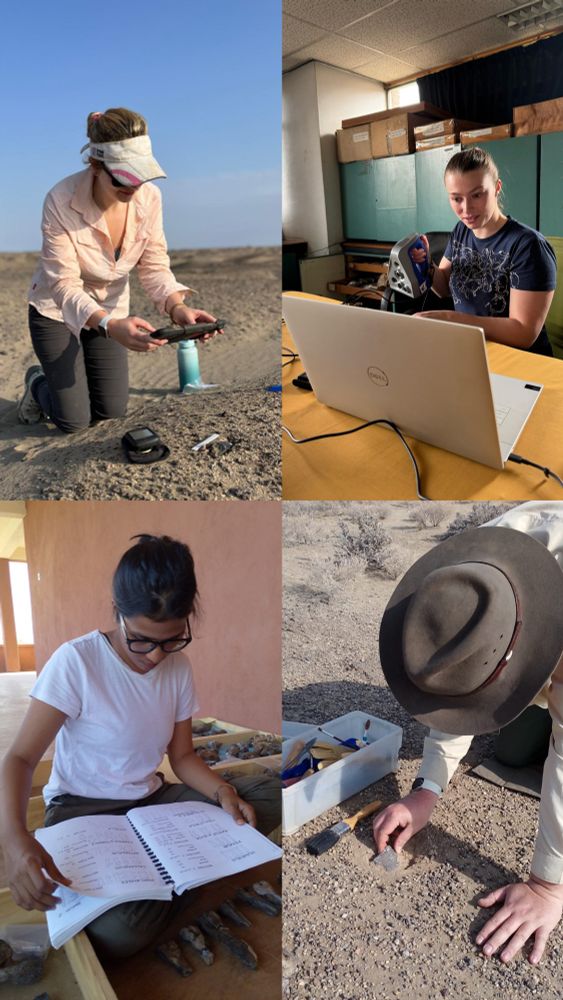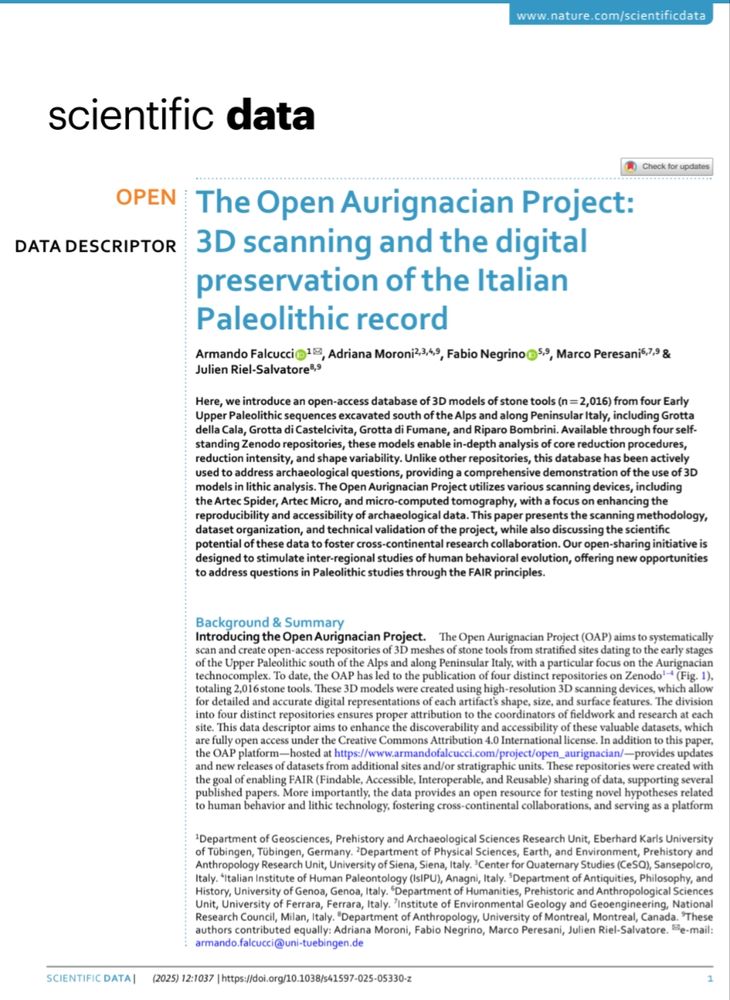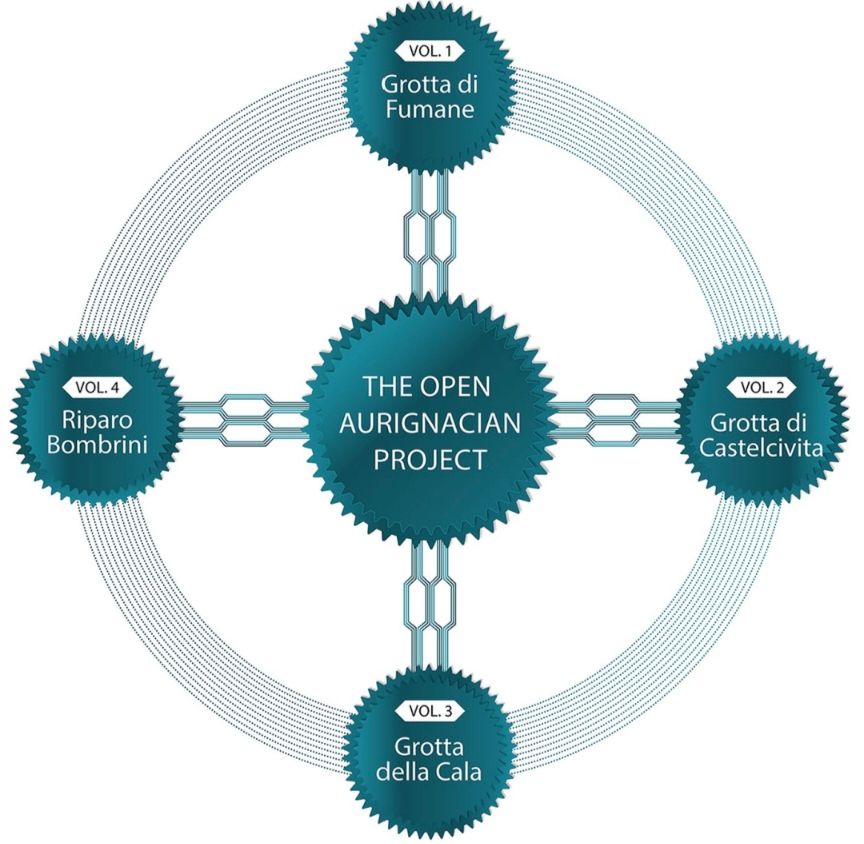Posts
Media
Videos
Starter Packs
Reposted by Philip R Nigst
Reposted by Philip R Nigst
Reposted by Philip R Nigst
Reposted by Philip R Nigst
Reposted by Philip R Nigst
Reposted by Philip R Nigst
Reposted by Philip R Nigst
Reposted by Philip R Nigst
Reposted by Philip R Nigst
Reposted by Philip R Nigst
Reposted by Philip R Nigst
Reposted by Philip R Nigst
Reposted by Philip R Nigst
Reposted by Philip R Nigst
Michela Leonardi
@mikleonardi.bsky.social
· Jun 18
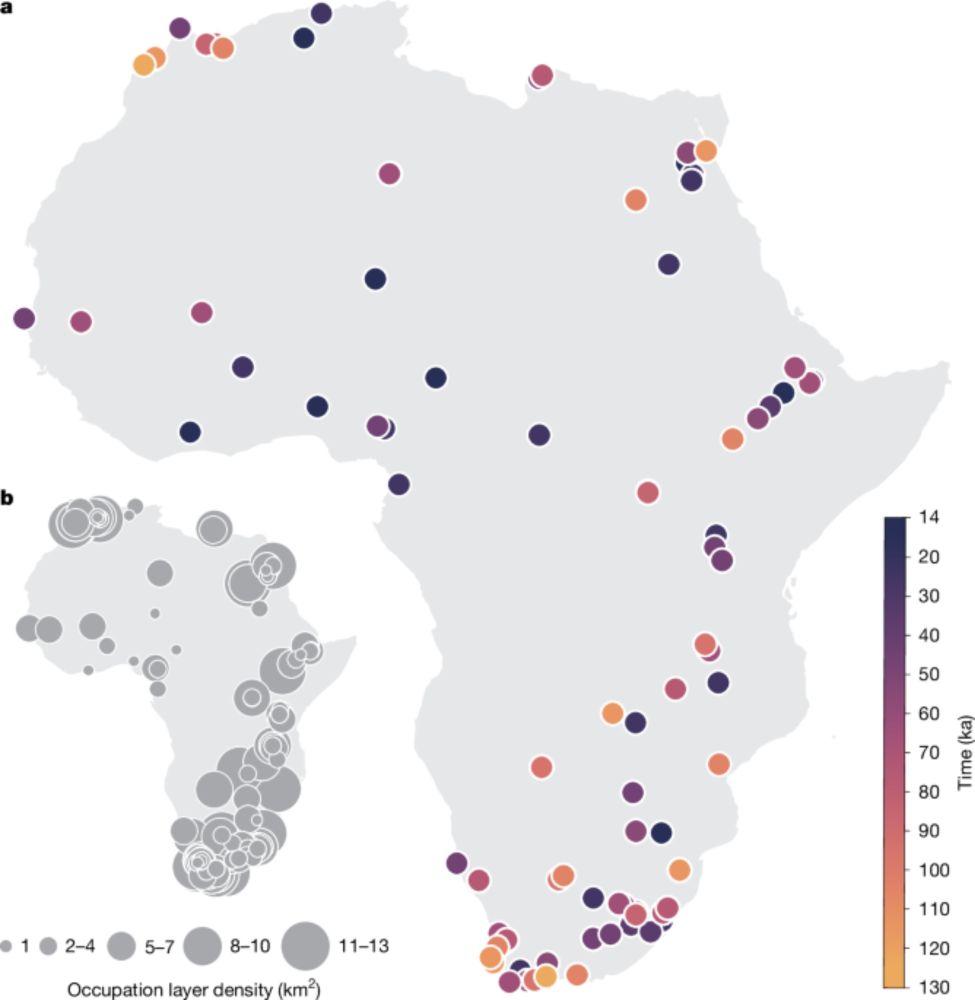
Major expansion in the human niche preceded out of Africa dispersal - Nature
Analysis of species distribution models in a pan-African database comprising chronometrically dated archaeological sites over the past 120,000 years shows major expansion in the human niche from 70 ka...
www.nature.com
Reposted by Philip R Nigst
Emily Hallinan
@eshallinan.bsky.social
· Jun 18
Reposted by Philip R Nigst
Reposted by Philip R Nigst
Dr Sonja B Grimm
@sonja-grimm.bsky.social
· Jun 15
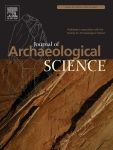
An AI-assisted workflow for object detection and data collection from archaeological catalogues
Reconciling the ever-increasing volume of new archaeological data with the abundant corpus of legacy data is fundamental to making robust archaeologic…
www.sciencedirect.com
Reposted by Philip R Nigst
Ariane Burke
@burkeam.bsky.social
· Jun 13
Reposted by Philip R Nigst
